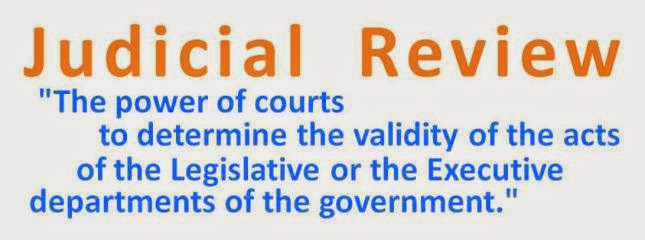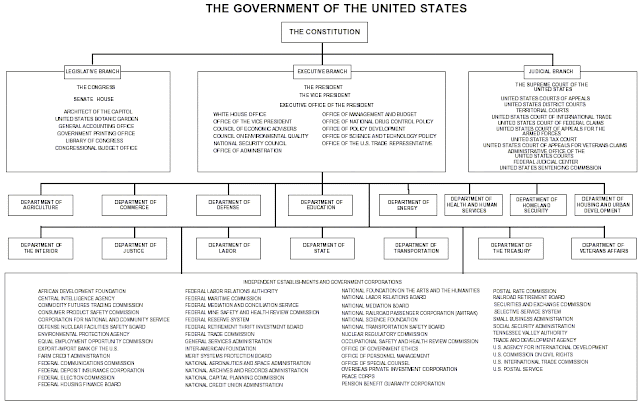The snow days have obviously impacted our ability to get through everything that we need to before final exams the rest of the week. It also limits the time you have for any attempts at retakes. Here is how we are planning to proceed:
- Review the posts from the last couple of days on checks on the judicial and judicial philosophy.
- We will take the first 30-45 minutes or so of class to review the material on the judicial branch.
- Since we will not have the full time for administering the exam, we will NOT complete the FRQ as part of our final exam. The final (Unit 2 Exam) will consist of 35 questions over the branches of government, AP-format (stimulus-based and traditional m/c) and will be worth 70 points.
- You should review by looking at past posts--specifically the essential questions and learning standards. Looking over your identification terms, utilizing Khan Academy, and watching some of the other review videos should also help.
- For those of you needing to retake or make up a missing quiz or test--I will NOT be available Wednesday before school. However, you may come in Wednesday after school, Thursday before or after school, and Friday before school.
- Please email me if you have any questions.
Finals Schedule:
Executive Branch Quiz Retakes: If you are not satisfied with your performance on the quiz over the executive branch, you may opt to take a retake of that quiz. Please complete at least six of the twenty-eight assigned Khan Academy modules before the retake.
READING: 441-477 in Edwards
UNIT TWO IDENTIFICATION TERMS
_______________________________________________
Today's Essential Question: How can the other branches limit the judicial branch?
Learning Standards:_______________________________________________
Today's Essential Question: How can the other branches limit the judicial branch?
CON-5.C: Explain how other branches in the government can limit the Supreme Court’s power.
CON-5.B.3: Controversial or unpopular Supreme Court decisions can lead to challenges of the Court’s legitimacy and power which Congress and the president can address only through future appointments, legislation changing the Court’s jurisdiction, or refusing to implement decisions.
CON-5.C.1: Restrictions on the Supreme Court are represented by:
- Congressional legislation to modify the impact of prior Supreme Court decisions
- Constitutional amendments
- Judicial appointments and confirmations
- The president and states evading or ignoring Supreme Court decisions
- Legislation impacting court jurisdiction
The courts' main weapon to limit the power of the other branches is judicial review. But what about the limits on the courts? What can the executive and legislative branches do to check the courts?
The Appointment and Confirmation Battle Over Neil Gorsuch
7 Things to Know About Supreme Court Nominations
What does the chart below tell us about confirmation politics? Why is this occurring?
Review Videos
The Politics of Confirming the President's Judicial Nominees
JudicialNominations.org: website detailing the nomination process, includes statistics on the number of vacancies




















